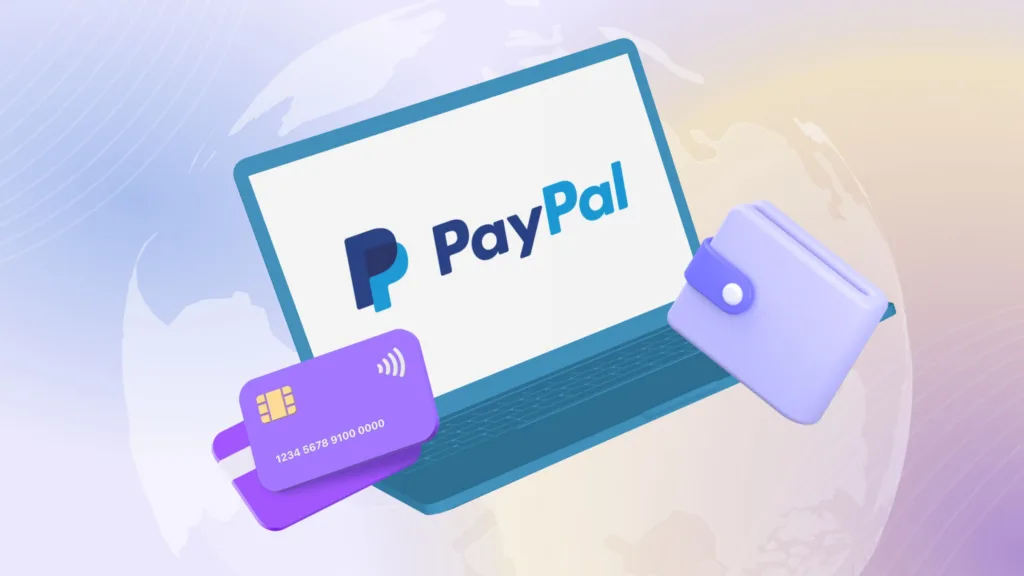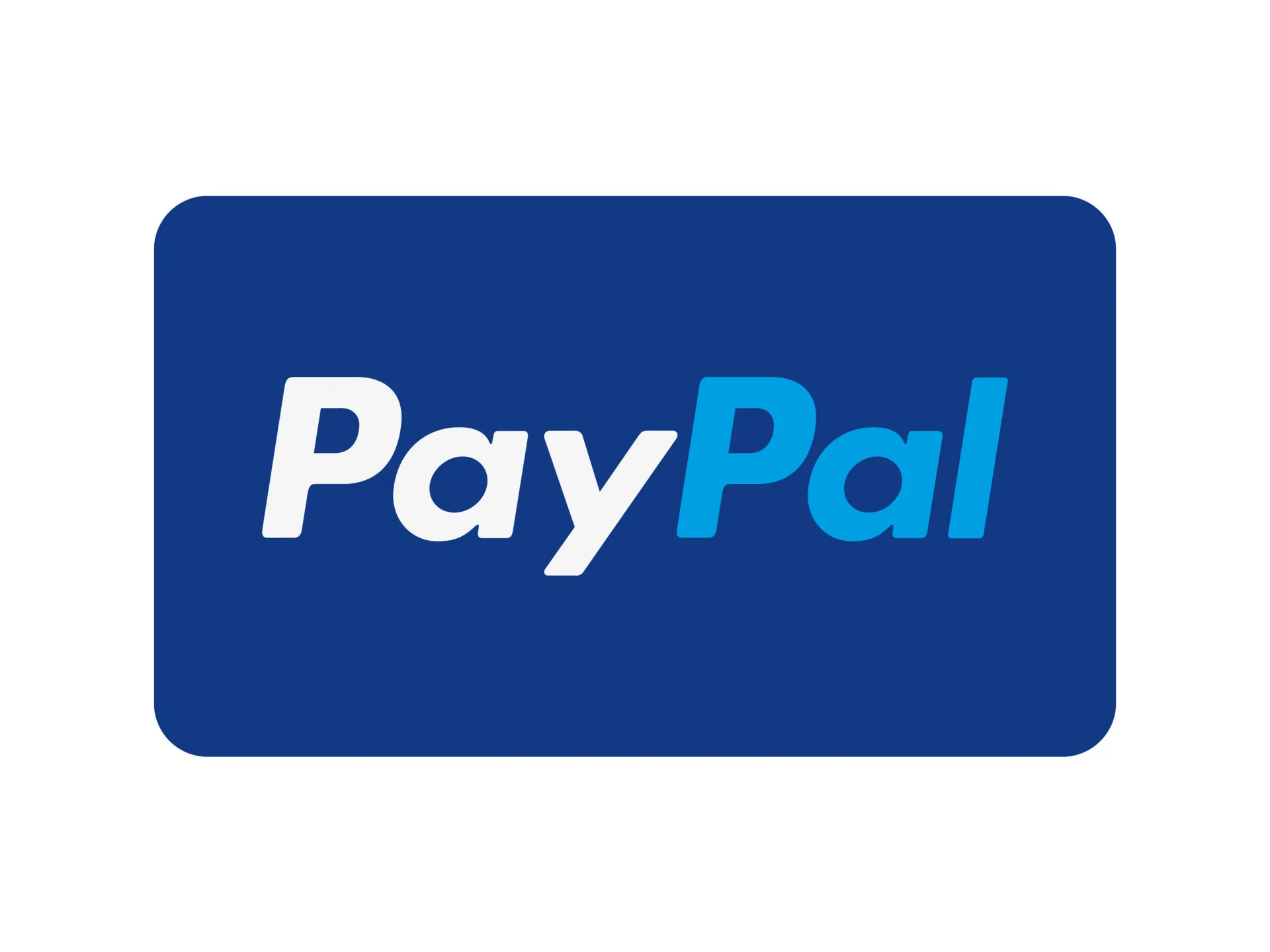Have you ever wondered how PayPal generates its revenue? As one of the largest and most successful payment processing companies, it’s natural to be curious about their business model. Well, I have delved deep into this topic and discovered some fascinating information that I can’t wait to share with you!
In this article, we’ll dive into the details of how exactly PayPal makes money. From transaction fees to interest on customer deposits, we’ll uncover all the different ways they generate revenue. We will also explore their history and growth as a company, giving insight into their past strategies and future potential. By the end of this article, you will have a thorough understanding of PayPal’s business model and what sets them apart from other payment processors. So let’s get started- join me for an in-depth look at how PayPal makes money!
So, how PayPal makes money?
PayPal makes money through several different revenue streams, including transaction fees, interest on customer balances, and value-added services. Let’s dive into each of these in more detail.
Firstly, PayPal charges a small percentage fee for every transaction made through its platform. This fee varies depending on the type of transaction and the location of the user. For example, in the United States, PayPal charges 2.9% + $0.30 per transaction for goods and services payments. This means that for every $100 transaction, PayPal earns $3.20 in revenue.
Secondly, PayPal also generates income from the interest earned on customer balances held within their accounts or invested in short-term investments. Although this may seem like a small source of revenue compared to their other streams, with over 300 million active users worldwide and billions of dollars being processed daily through their platform, even a small percentage can add up to significant profits.
In addition to these primary sources of income, PayPal also offers value-added services such as seller protection plans and fraud detection tools for an additional cost to merchants using their platform. These added features provide peace of mind for businesses using PayPal as a payment method and generate additional revenue for the company.
Another important aspect contributing to PayPal’s success is its ability to capitalize on cross-border transactions by offering competitive exchange rates and currency conversion fees lower than traditional banks or credit card companies.
Furthermore, with its recent acquisition of Venmo (a peer-to-peer payment app popular among millennials), PayPal has expanded its reach into younger demographics who are increasingly relying on digital payments rather than cash or checks.
Overall, it is clear that PayPal’s business model is built around convenience and ease-of-use for both consumers and businesses while generating multiple streams of revenue from various sources within its ecosystem.
Understanding PayPal’s Transaction Fees: The Core Revenue Source
When you use PayPal to send or receive money, it’s important to know that there are transaction fees involved. These fees can vary based on several factors, such as the type of account you have and where the money is coming from or going to. For instance, if you’re receiving payment for goods or services in the U.S., PayPal typically charges a percentage of the total transaction amount along with a fixed fee. This means that while sending $50 might seem simple, you could end up losing a small portion of that money right off the bat! Understanding these costs is essential not just for businesses but also for individuals who want to keep their finances in check.
PayPal’s transaction fees serve as its main source of revenue, which helps maintain and improve its vast network. With millions of transactions happening every day across various platforms—from online shopping sites like eBay to personal transfers between friends—these fees add up quickly. They play a significant role in allowing PayPal to offer secure services and customer protection policies. Plus, they help cover operational costs so users can enjoy quick and reliable transactions without worrying about hidden surprises.
In essence, knowing how these fees work can empower you to make smarter financial decisions when using this popular service!
Exploring Interest on Customer Deposits: How PayPal Capitalizes on Funds
When you think about companies like PayPal, it’s fascinating to see how they manage the money that flows through their systems. They don’t just hold onto customer deposits; they find smart ways to put those funds to work. When users deposit money into their accounts, these funds can sit there for a while. During this time, PayPal can invest that cash in various ways or even lend it out, generating interest and making profits without charging customers a fee.
This practice benefits both PayPal and its users. For instance, when users need quick access to their funds for purchases or transferring money, they enjoy the convenience of having everything in one place. Meanwhile, by capitalizing on the pooled deposits of millions of account holders, PayPal creates a revenue stream that helps them innovate and provide better services over time. This cycle encourages continued growth within the platform itself because more investment leads to improved features and user experiences.
In essence:
- Funds are strategically invested
- Interest accrues from lending practices
- Enhanced services become available for users
It’s an intriguing balance between managing resources effectively while ensuring customers feel secure in using digital payment methods.
Read also: Companies Owned by Tesla
Assessing the Impact of Merchant Services: A Key Income Stream for PayPal
Merchant services play a crucial role in PayPal’s financial landscape, acting as an essential income stream that supports its growth and innovation. These services allow businesses to accept various payment methods, from credit cards to digital wallets, making transactions seamless for customers. This convenience not only enhances the shopping experience but also encourages more sales. By providing tools such as invoicing, fraud protection, and reporting features, PayPal empowers merchants to manage their finances better while fostering trust with consumers. As e-commerce continues to expand globally, the demand for reliable merchant services grows exponentially.
Moreover, PayPal’s merchant services attract a diverse range of businesses—small startups to large enterprises alike—all seeking efficient ways to handle payments. With competitive transaction fees and user-friendly interfaces, merchants can easily integrate these solutions into their online platforms or brick-and-mortar stores. The versatility offered by PayPal allows merchants to reach broader markets internationally without worrying about complex currency conversions or payment processing issues.
In essence, by continually innovating within this service area and adapting to market trends, PayPal solidifies its position as a leader in the digital payment space while simultaneously securing significant revenue streams that fuel further advancements.

Unpacking PayPal Revenue from Currency Conversion and Other Charges
When you make a payment through PayPal, the smooth transaction often hides the complex world behind it. One of the significant sources of revenue for PayPal comes from currency conversion fees. When users send money across borders and in different currencies, PayPal doesn’t just switch the dollars to euros or yen for free. They apply a markup on the exchange rate that can be several percentage points higher than what you’d find at your local bank or through other services. This means that every time someone makes an international purchase or sends funds overseas, they may unknowingly pay extra simply because of this invisible fee. It’s like adding a sprinkle of seasoning to food—you might not notice it until you taste it.
In addition to currency conversion, there are various other charges associated with using PayPal that contribute to its overall revenue stream. For instance, when businesses accept payments via PayPal, they incur transaction fees which are typically around 2.9% plus a fixed fee based on currency received.
- These fees can add up quickly for small businesses.
- Moreover, withdrawal fees may apply when moving funds from your account to your bank.
Every little charge plays into their financial strategy and allows them to provide users with secure transactions while keeping their service operational worldwide.
You may also like: how to make money as a creative writer
PayPal’s Growth and Future Potential: A Look into What Lies Ahead
PayPal has come a long way since its early days as an online payment service. Today, it stands as a giant in the financial technology landscape, enabling millions to send and receive money seamlessly across the globe. With the rise of e-commerce and digital transactions, PayPal has positioned itself at the forefront of this revolution. Through strategic partnerships with various retailers and businesses, it has expanded its reach beyond simple payments. Now, users can also access features like cryptocurrency trading and buy now, pay later options. This adaptability showcases PayPal’s commitment to staying relevant while catering to diverse consumer needs.
Looking ahead, PayPal holds remarkable potential for further growth in an ever-evolving market. As more people shift towards cashless transactions due to convenience and safety concerns—especially in recent years—the demand for reliable payment platforms continues to soar. Innovations such as artificial intelligence could enhance fraud detection systems while improving user experience through personalized services. Furthermore, expanding into developing markets offers exciting opportunities for user acquisition and revenue generation. By continuously evolving its offerings and embracing technological advancements, PayPal is well-positioned not just to maintain its dominance but also to shape the future of digital finance globally.
Unraveling the Intricacies of PayPal’s Business Model
PayPal’s business model is a fascinating blend of technology, finance, and user experience. At its core, PayPal serves as an online payment platform that connects buyers and sellers across the globe. One of the most appealing features is its ability to facilitate transactions without requiring users to directly share sensitive credit card information with merchants. Instead, customers can link their bank accounts or cards to their PayPal account, providing a layer of security that builds trust between parties. This safety net encourages more people to shop online confidently and helps businesses expand their customer base.
In addition to personal transactions, PayPal has strategically positioned itself within e-commerce by partnering with various platforms like eBay and Etsy. These collaborations allow small businesses and independent sellers easy access to payment solutions without needing extensive setup processes or technical knowledge. Moreover, PayPal’s fee structure plays an essential role in its revenue stream; it charges a percentage on each transaction while offering value-added services such as fraud protection and currency conversion for global sales. Consequently, this balance between accessibility for users and robust offerings for merchants makes PayPal not just a payment processor but also an integral part of the digital economy.
This dynamic ecosystem facilitates seamless exchanges while empowering millions of entrepreneurs worldwide through innovative financial tools.

